The second in our series dedicated to exploring how to cut, slice, chop, peel and prep your veg. This month we focus on new season bunched carrots.
Carrots are too often seen as a workhorse veg – prosaic, predictable and cheap. If you get your hands on a bunch that has been grown for flavour rather than bland uniformity, it can be a revelation; earthy, sweet and intense by comparison.
In fact, even the way you chop them can open up new ideas in the kitchen. Get playful with the knife, peeler and grater. Whatever you choose to do, just don’t overcook into mushy submission!
Tops
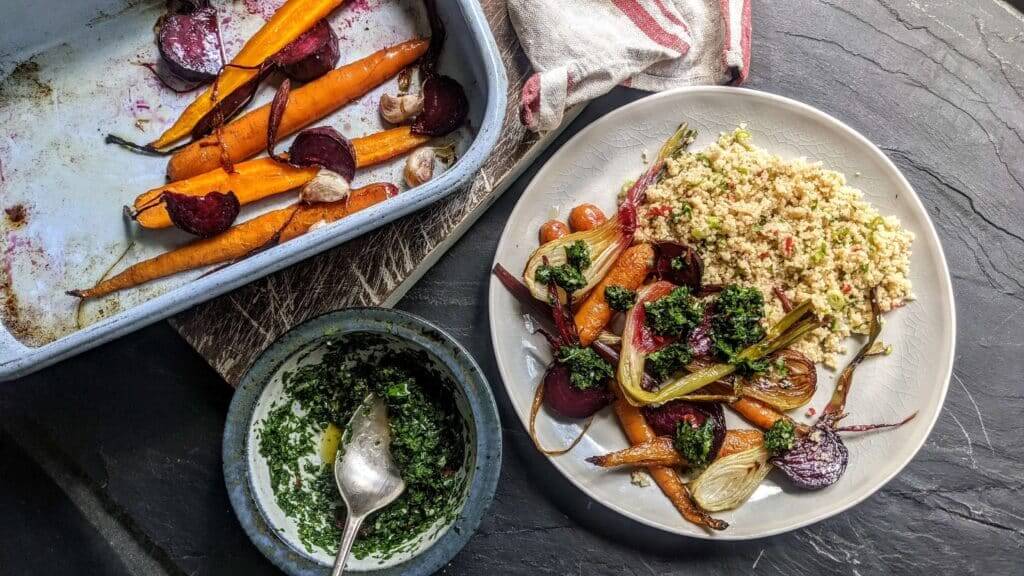
Although a great signifier of freshness, it is best to remove the green tops as soon as they arrive, or they will draw moisture away from the carrots, turning them bendy and floppy. If the tops arrive with some vigour and vim in them, they can be washed and put to use. The simplest application is to finely chop and add as a garnish to whatever dish you conjure from the roots. You can get more involved and turn it into a green herby pesto-like sauce, although the slightly bitter taste is best tempered with other fresh herbs.
Whole
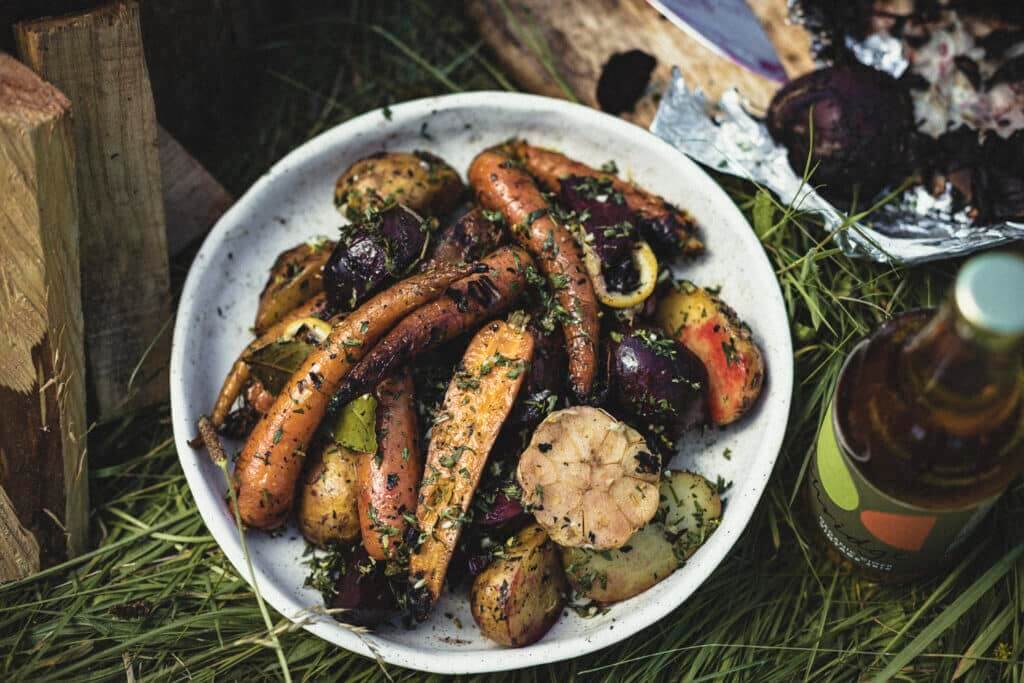
If your carrots are small and slender, it can be nice to show off their natural tapering shape and keep them whole. This way, they are ideal for roasting, baking or cooking in a foil parcel in the embers of a BBQ. Any larger ones can be split lengthways, to retain the shape but hasten the cooking time. To peel or not to peel? New season bunched carrots shouldn’t need much more than a wash and scrub to remove any sandy soil, but it is up to you.
Roll cut
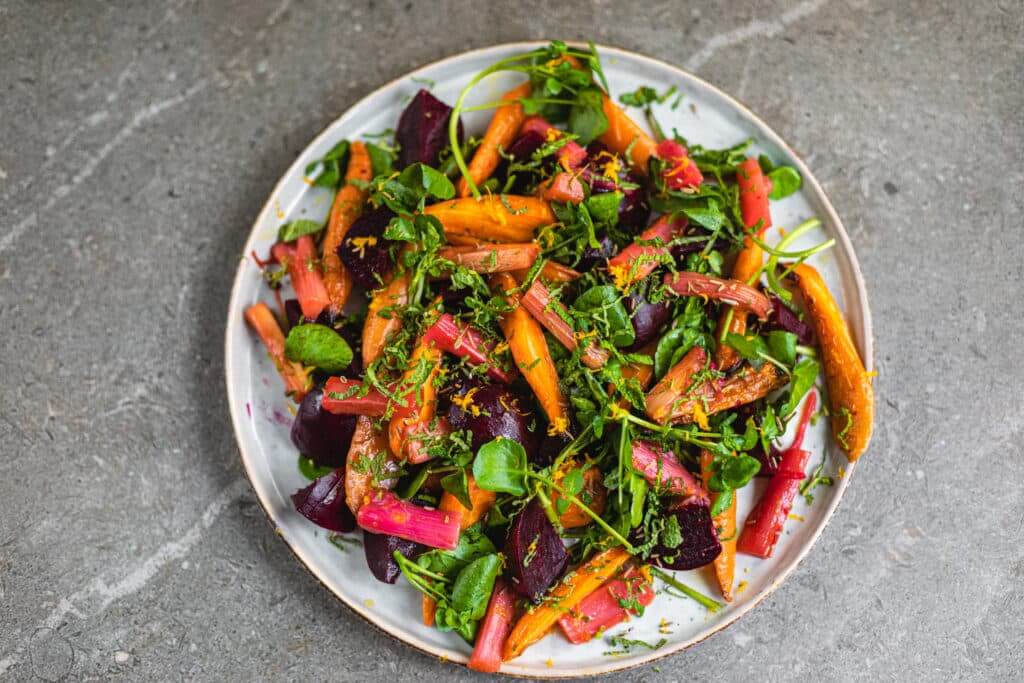
This is a cut I have used for years but only just discovered has a name. It is basically cutting the carrots into generous angled pieces ready for roasting or braising. Cut at a steep angle and turn (roll) 90 degrees between each cut to give you increasingly interesting facets and bevels as you move up the carrot. Not only do the pieces look good but there is added textural character when cooked; the sharp thinner edges will colour in the tray and soften first, while the thicker centres will be slightly firmer to the bite.
Slices
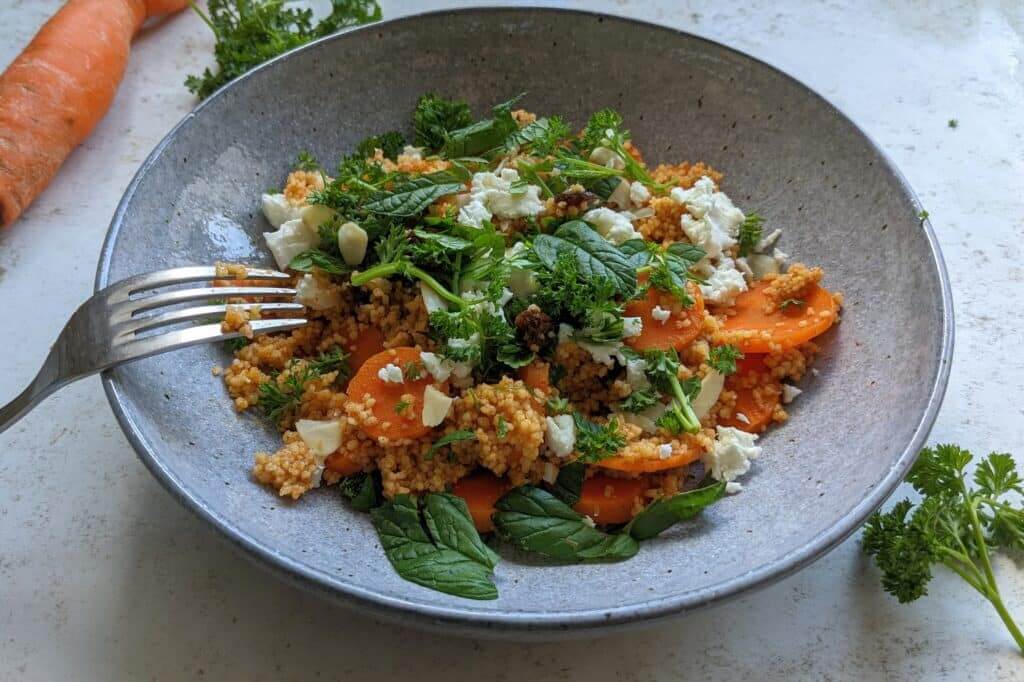
A bit school dinner-esque but infinitely useable and easy to do – the only real knife skill needed is keeping everything the same thickness, so they cook evenly. This cut is ideal steamed, boil or braised. If you are feeling retro, use a crinkle cutter. If you are feeling extravagant, cut them at a rakish angle.
Batons
Cut into short stocky lengths, carrots are a staple of any well-meaning packed lunch. Serve them alongside a delectable dip, and you could dare to call them crudités, if you think it may impress the guests.
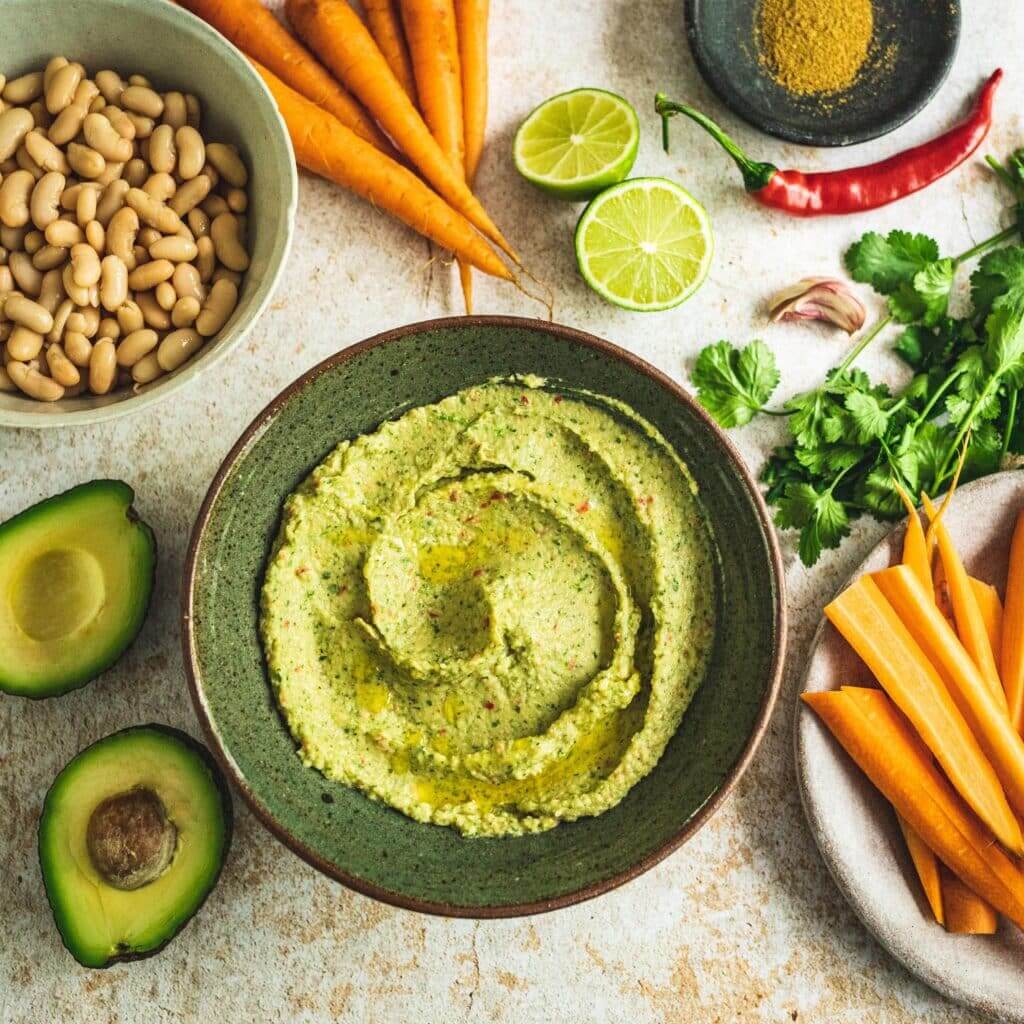
Diced
Take your batons and cut them crossways and you have a dice. Along with diced onions and celery it makes up the triumvirate of veg that serves as the base to countless, stews, soups and sauces. The French call it a mirepoix, the Italians call it a sofrito; we might more simply refer to them as stock veg. They provide the solid flavour base upon which great things are built.
Grated
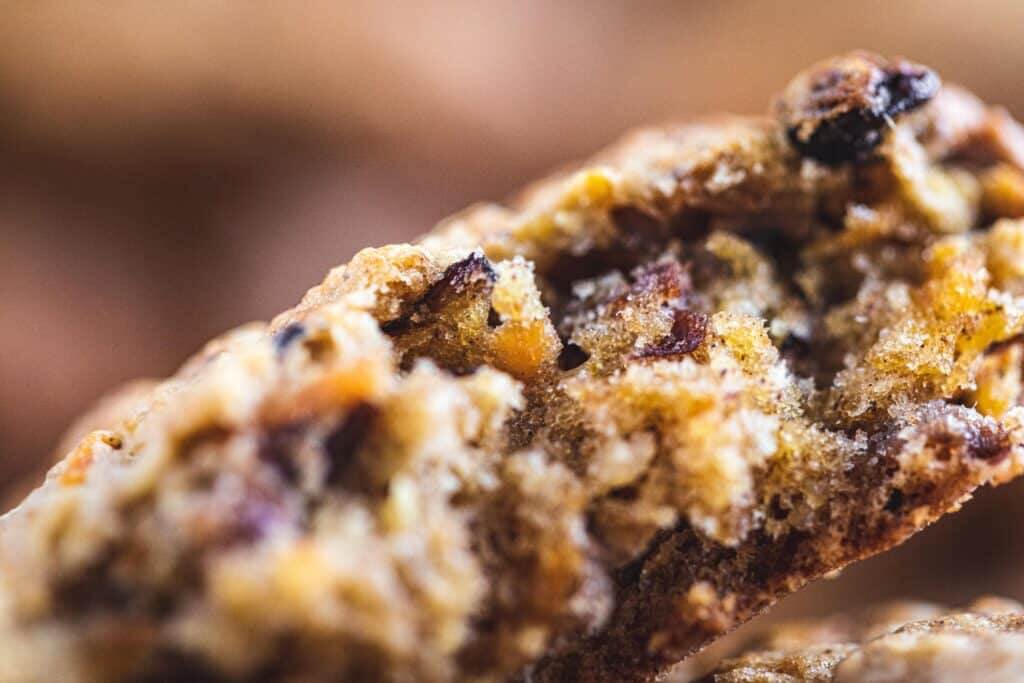
Coarsely grated, a carrot can take on myriad lives. Salads are the obvious option, but it can be used to smuggle veg into a tomato sauce, tucked into sandwiches and wraps, form the bulk of a crispy fritter, and even be folded into cakes and cookies for extra body and moisture.
Ribbons
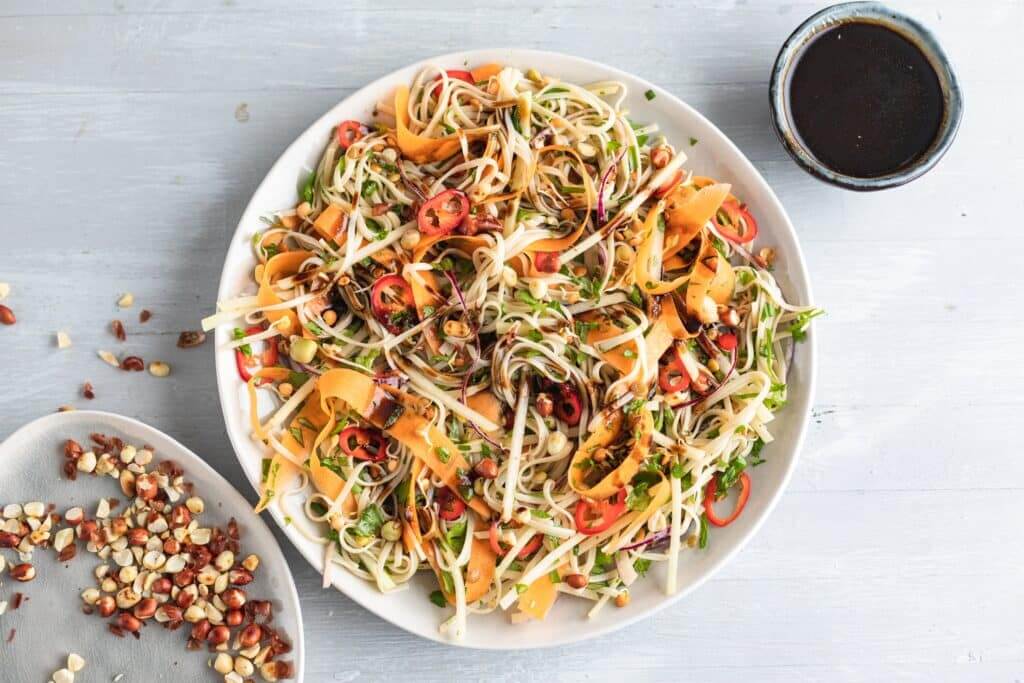
Use a peeler to pull them into long ribbons, keep peeling and turning until it becomes impractical. It gives you thin, even slices with plenty of surface area to carry dressings and flavour. It’s also often faster and safer than using a knife. You can use them as part of a salad or add them to a quick stir-fry. They look impressive, cook fast and give some body and structure to a dish too. They work particularly well with noodles as they ape the shape and movement.
Shreds
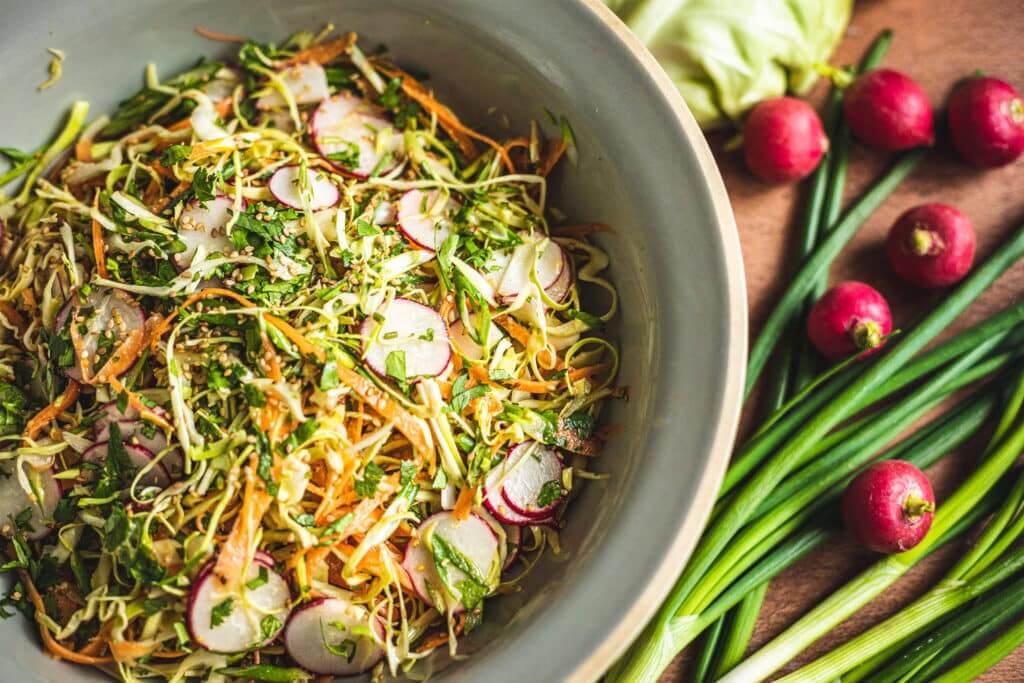
Those ribbons can be refined further still. Stack them on top of each other, slice them finely lengthways and you’ll get a tumble of fine shreds – the technical kitchen term for this cut is julienne. It can make for more refined versions of salad, slaws and stir-fries or even used as a garnish if shredded finely enough.

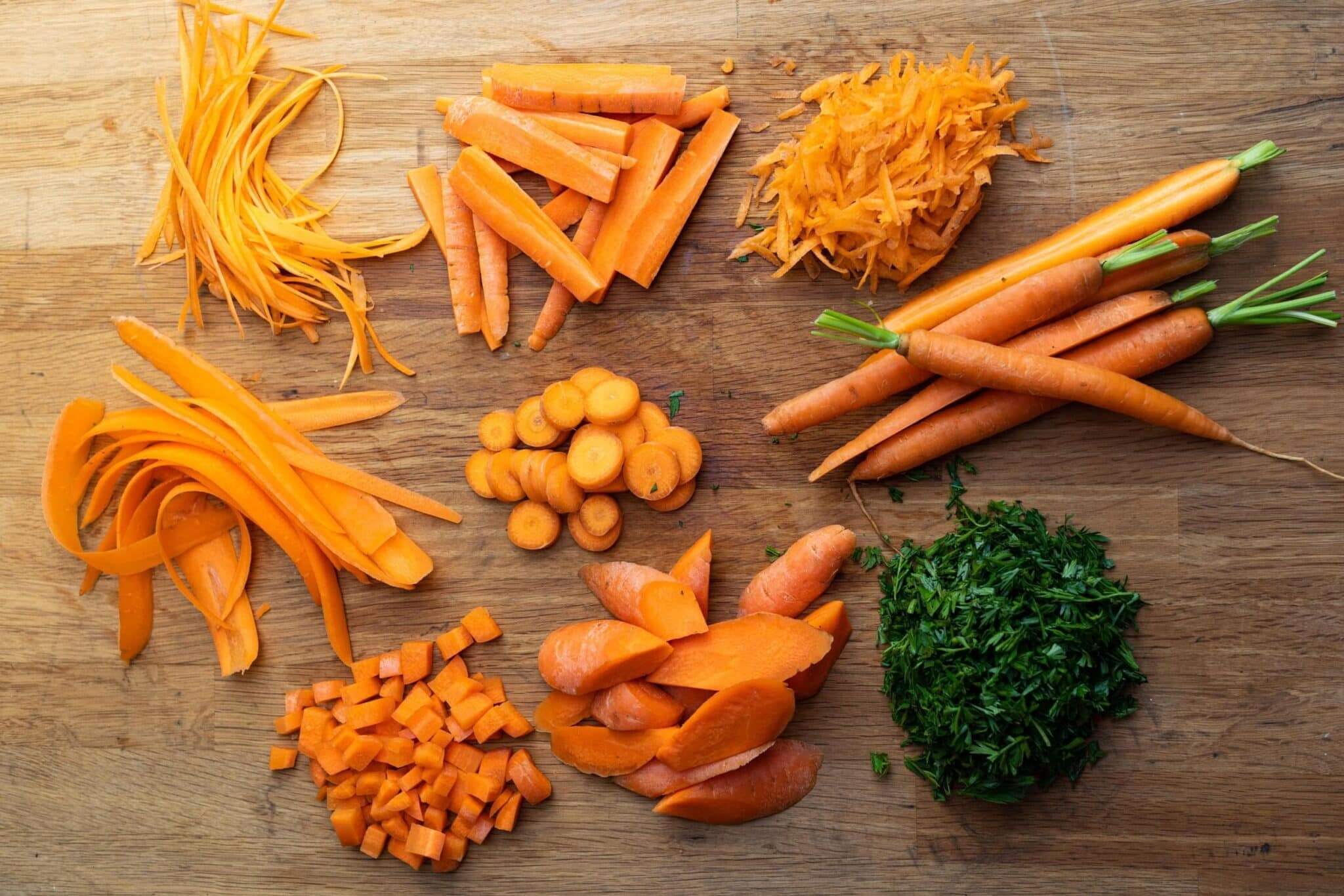
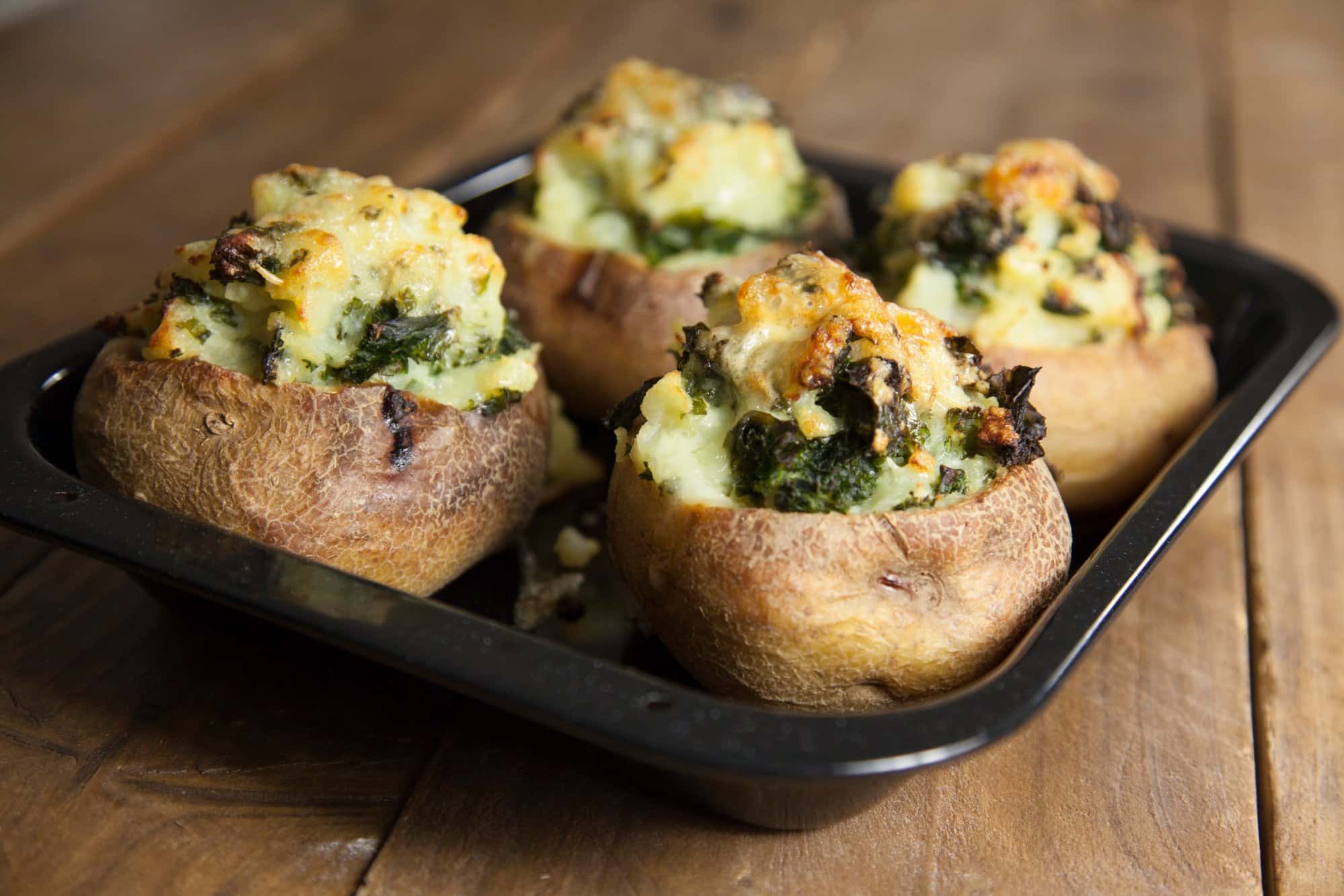
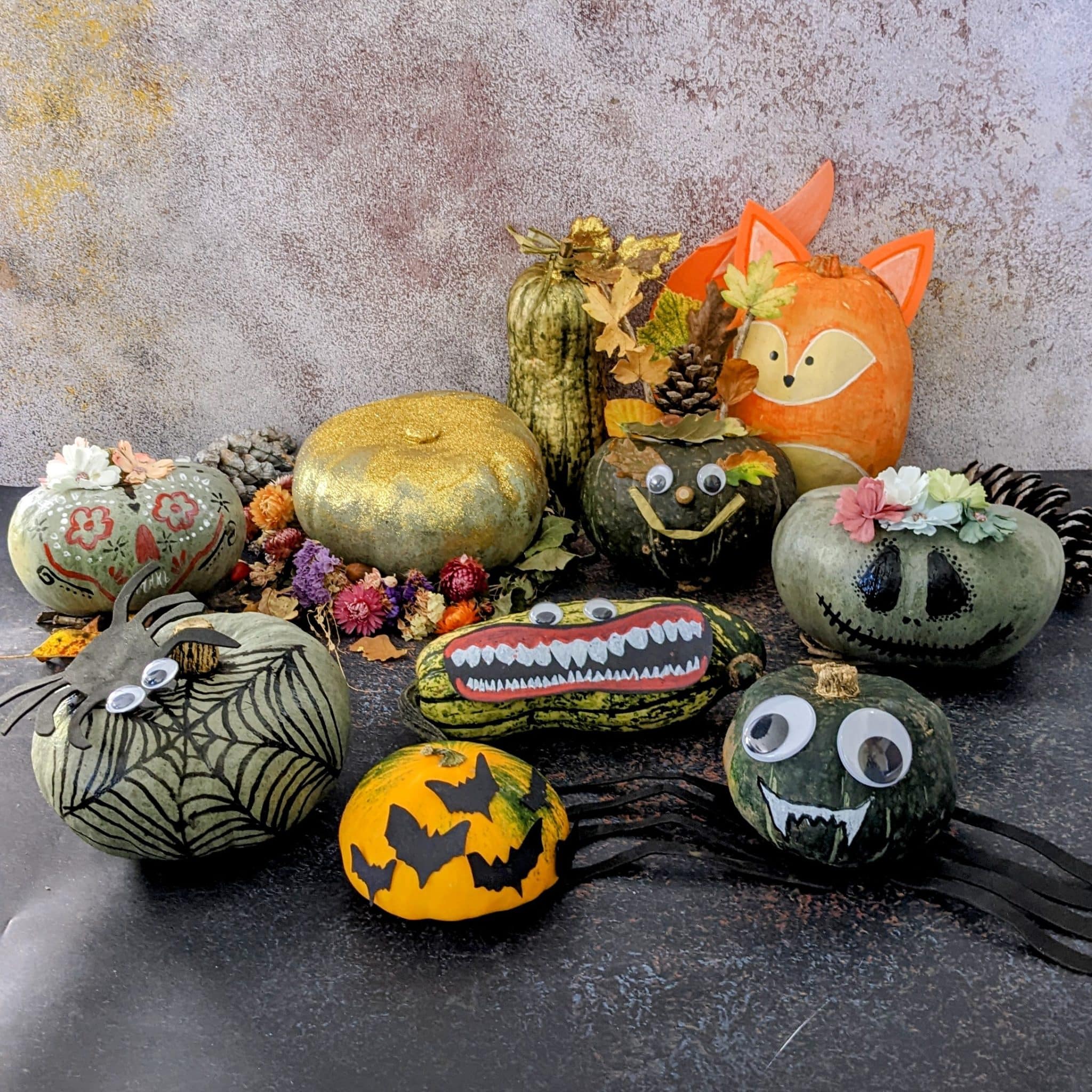
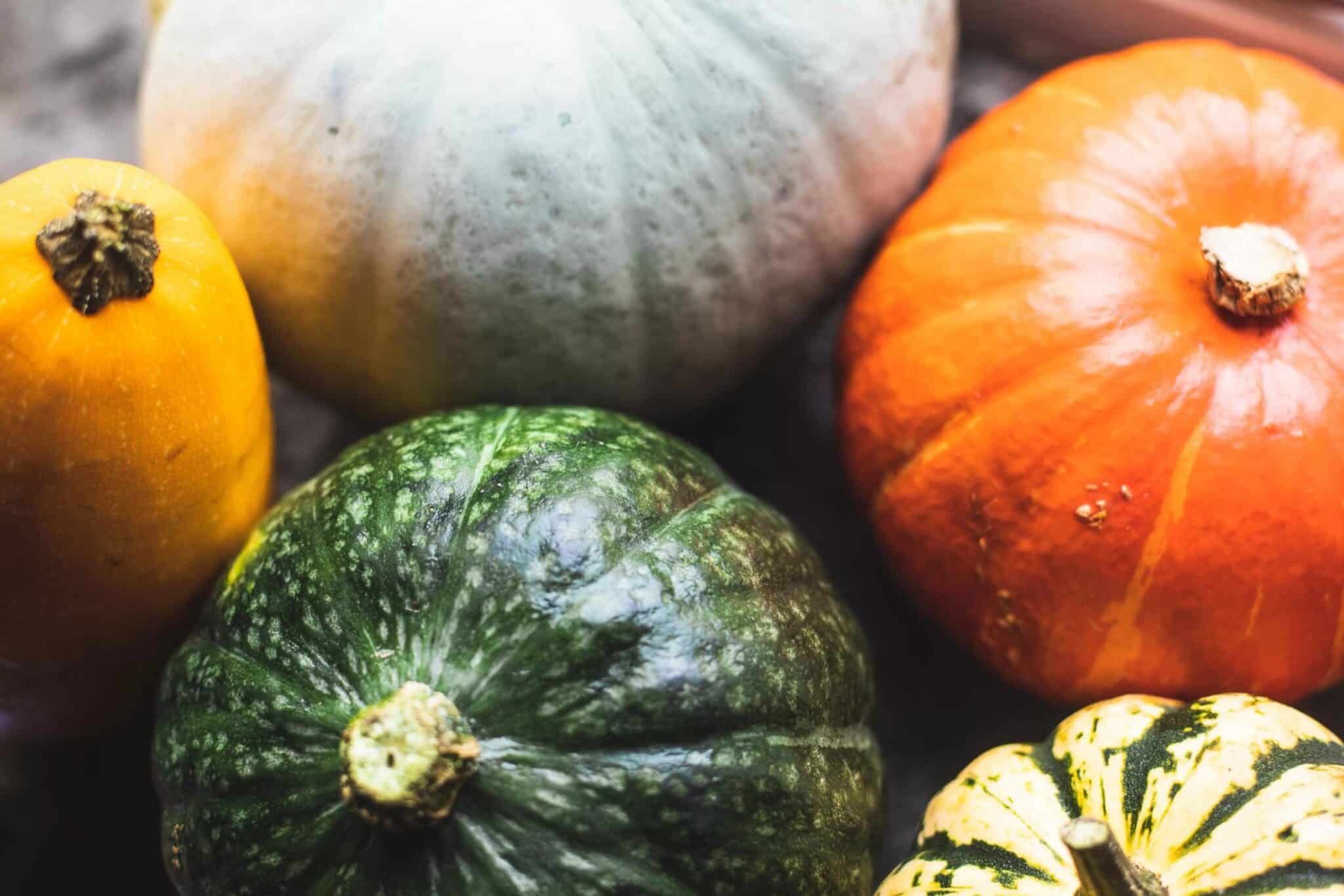




0 Comments